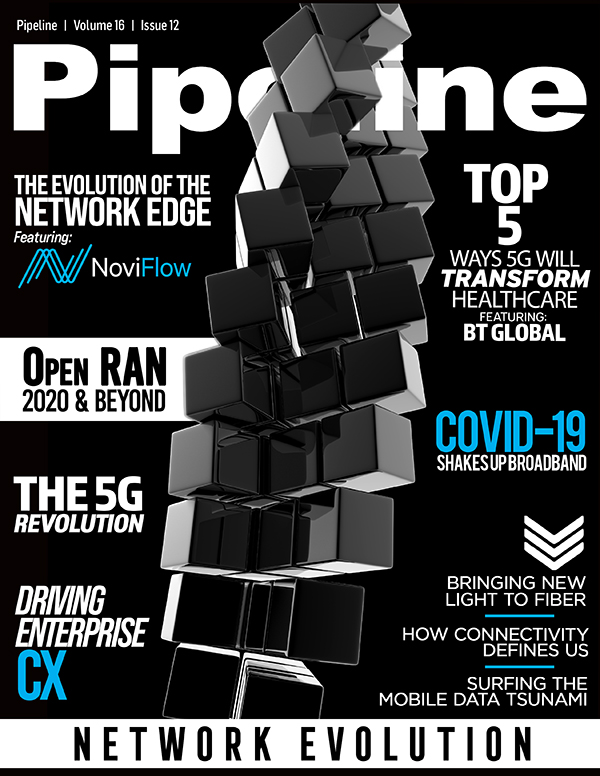How We Connect Defines Who We Are
To tackle the technological impediments, for example, edge computing is used to interconnect enterprises with cloud, content, and other service providers for latency-sensitive consumer and business applications.
Reinvention through positive user experiences
Healthcare and education are two examples of how evolving, more UX-friendly networks can solve legacy network problems. As medical success permits people to live longer, it also expands the opportunities for health problems. The most expensive way of treating these problems is in the hospital. The new networks create the opportunity to transform medical treatment from an experience dealing with a presented problem to a preventive experience that anticipates the problem and prevents or mitigates it—all at significantly lower cost. They offer, in other words, a combination of the bigness of scale economics with the personalization of the individual design. End-result: positive user experience.
These new approaches also shape the manner in which we educate. The legacy experience was a lecture followed by isolated individual homework in which the student tried to apply the concepts of the lecture.
Our network evolution now permits students to watch the common lecture on a connected device alone and at their own paces. They can stop as needed to repeat something that was not clearly understood. Then the student comes to class, where the teacher can personalize instruction based upon the student’s comprehension of the lesson and where the irreplaceable stimulation of collegial discussion can be hosted. Studies by Carnegie Mellon University’s Open Learning Initiative have shown that such programs blending online learning with in-person instruction can dramatically reduce the time required to learn a subject while greatly increasing course completion rates. Of course, these ideal pedagogical approaches will need to be tabled until the pandemic passes.
The new networks can create a richer in-school experience. The model falls apart if a student cannot gain access to the Internet at home.Similarly, if students do not have access to a high-speed Internet connection at school, their learning experience is further constrained. Here, as well, the user experience must be top-of-mind.
Economically, networks have always been growth engines, and information delivery networks are the new economy. And the discerning user in the new economy comes in all stripes. In the world of data centers, for example, the legacy approach that focused on centralized data centers and core networks created too many challenges around capacity, lower latency and cost. Enter the edge data centers that can move computing and data storage closer to the end user, enabling higher capacity, lower latency and reduced expenditures.
In addition to cutting costs, a distributed, user-experience-friendly architecture enables users to better align supply with demand. These customers “peer at the edge”—and local gateways enable high-speed connectivity between edge deployments as well as to and from the core network.
Taking the data center example a bit further, connectivity also plays a part in ensuring low latency, critical to the user experience. But regional cloud architectures mean slower performance away from local nodes. There, connectivity solutions like cloud on-ramps can provide tremendous efficiency.
Making the human connection
Our networks have never been more critical to our well-being. The industrial economy has been replaced by the information economy, predicated on the operation of information networks. From healthcare to education to enterprises harnessing the Internet of Things or artificial intelligence, the growth networks of our economy rely both on core information networks and how closely those networks can touch the user—and positively affect the user’s experience.
In the end, it will not be technological advances that will be the measure of network evolution but rather the uniquely human connections they enable.



















